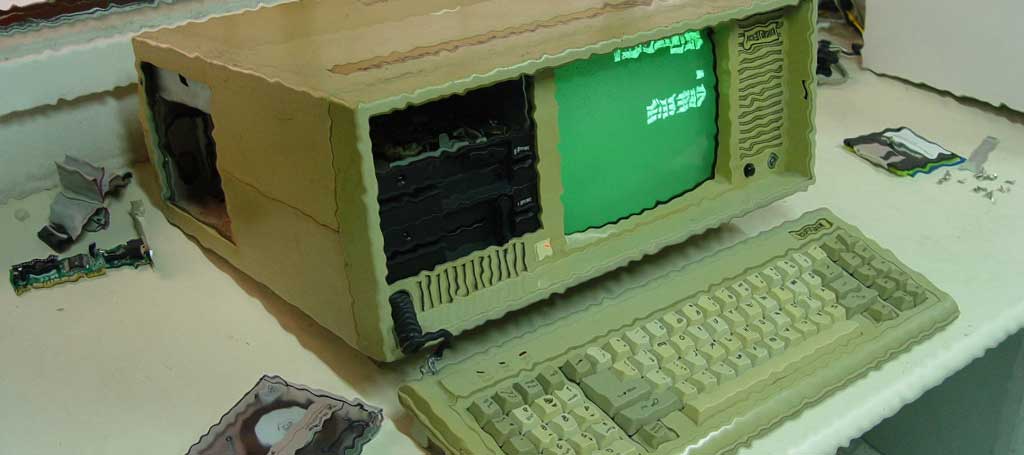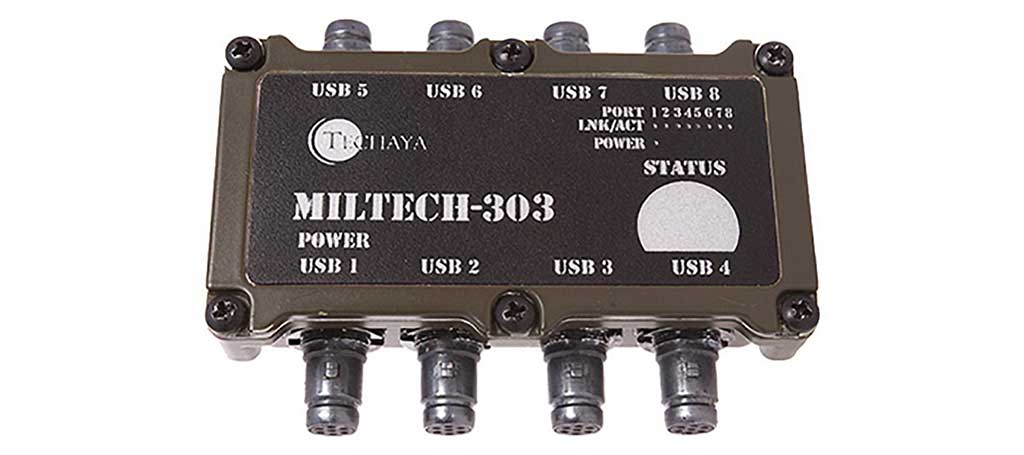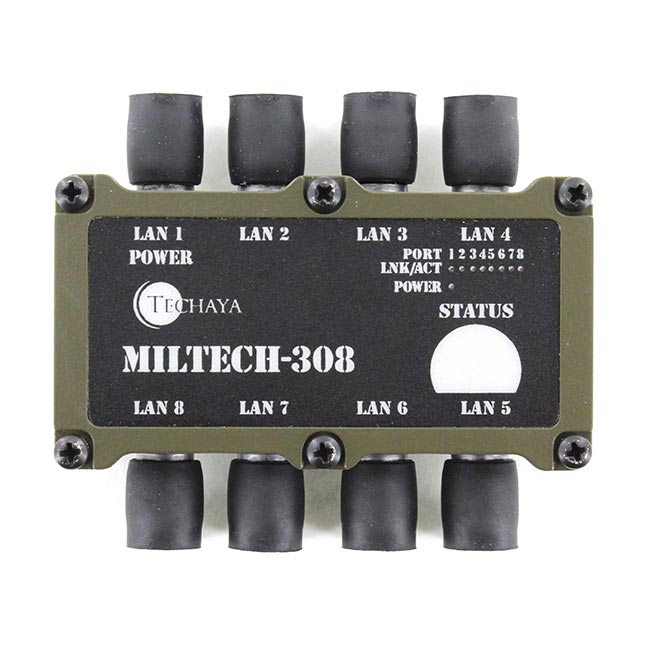The Future of Ethernet

In my last blog, I took a look at the history of Ethernet. It was fun to look back at history, however it is more important to look at the future. With Ethernet becoming the ubiquitous connectivity standard for service providers, enterprises, and military applications, we are letting go of proprietary networking technologies and heading directly […]
The History of Ethernet

So, to get a little retro on everybody, I thought I’d take a step back in time and have a fun look at the history of Ethernet. A couple of months ago, Ethernet actually celebrated its 44th anniversary. That’s right. Ethernet was developed back in 1973 and today, 44 years later, it is becoming THE […]
Commercial vs Ruggedized Ethernet switches and routers. What’s the difference?

We’re often approached by companies who have designed a prototype system composed of networks sensors, cameras, GPS systems, and other elements with compute platforms over Ethernet. These prototypes often use commercial-grade Ethernet switches. Sometimes they use the enclosure, sometimes they pull the components out of the enclosure and try to jerry-rig the switch components in […]
We’re Introducing a new USB 3.1 hub at XPONENTIAL next week

We’re headed to AUVSI’s XPONENTIAL next week with one of Techaya’s newest device the MILTECH303. The industry’s only rugged, MIL-STD, IP68 ultra-compact USB 3.1 USB hub. This cool little hub is designed not only to connect USB devices—handhelds, sensors, night vision goggles, keyboards— but also provide power management and charging of up to 5 devices […]
A cool tip for better bandwidth & redundancy on Ethernet switches – Link aggregation

Have you ever worried that your existing 1G link may not be cutting the mustard for some data transmission? What about link redundancy and failover with your existing Ethernet device? Wouldn’t it be nice to know that you you’ll always have failover? Most of us think that adding bandwidth availability or link redundancy would include […]
Static vs Dynamic Routing

“Routing” on a network is a common term that I think almost everybody knows and understands today. Just to clarify, routing is the act of finding a path for a data packet to travel from one network to another. However did you know that there are three key elements needed to make this routing happen:

